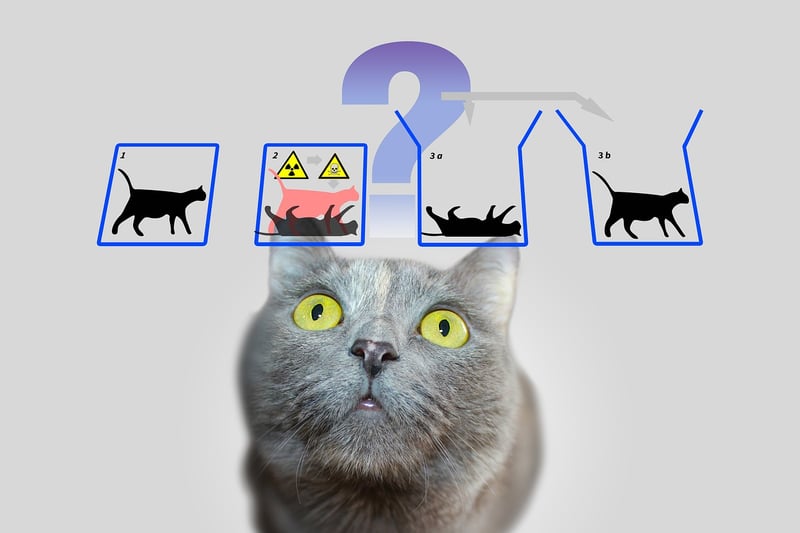Quantum Entanglement
The Fascinating World of Quantum Entanglement
Quantum entanglement is a concept in quantum physics that continues to astonish and perplex scientists and enthusiasts alike. This phenomenon, also referred to as quantum non-locality, defies classical intuition and showcases the interconnectedness and peculiar behavior of particles at the quantum level.
Understanding Quantum Entanglement
At the heart of quantum entanglement lies the principle that two or more particles can become intertwined in such a way that the quantum state of each particle cannot be described independently. This means that the state of one particle is directly related to the state of another, regardless of the distance between them.
Key Principles of Quantum Entanglement:
- Superposition: Particles can exist in multiple states simultaneously until measured.
- Entanglement: The quantum states of entangled particles are correlated.
- Non-locality: Changes to one entangled particle instantaneously affect the other, regardless of distance.
Applications and Implications
The phenomenon of quantum entanglement has profound implications for various fields, including quantum computing, cryptography, and teleportation. Researchers are exploring ways to harness entanglement for secure communication, ultra-fast computing, and even quantum teleportation of information.
Quantum Entanglement Image

Conclusion
Quantum entanglement challenges our conventional understanding of reality and opens up new possibilities for technological advancements. As scientists delve deeper into the mysteries of quantum mechanics, the exploration of entanglement continues to captivate minds and pave the way for groundbreaking discoveries.
Embrace the enigmatic world of quantum entanglement and witness the marvels of the quantum realm!
